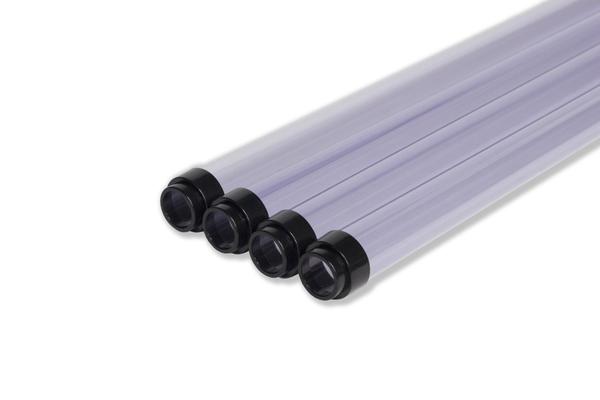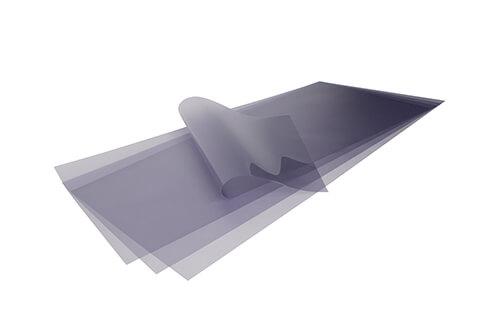Epilepsy and Light Sensitivity
The connection between epilepsy and light sensitivity is well established. There’s even a term for it – photosensitive epilepsy. It occurs when flashing lights, or alternating patterns of darkness and lightness, trigger a seizure. Even though it’s not that common, it can be devastating. The professionals with Make Great Light would like to share some information on why photosensitive epilepsy occurs, and what you can do about it if you have to deal with the condition on a regular basis.
Photosensitive Epilepsy in Brief
 About one percent of the population has epilepsy, and about 3 percent of people with epilepsy have photosensitive epilepsy. It’s more common in younger people, and less common in people older than 20 years of age.
About one percent of the population has epilepsy, and about 3 percent of people with epilepsy have photosensitive epilepsy. It’s more common in younger people, and less common in people older than 20 years of age.
Flashing lights or patterns can trigger a seizure. Lights that flash anywhere between 3-30 times per second will typically lead to a seizure, but some people are so sensitive that they’ll be affected by a light that flickers less than three times per second. The types of patterns that can lead to a seizure can vary as well. Looking at alternating light and dark bars or strips can cause problems, as can viewing patterns that seem to move or flash.
Triggers of Photosensitive Epilepsy
These are just a few examples of some of the more common triggers of a seizure associated with photosensitive epilepsy.
- Wearing virtual reality goggles can increase your risk. Images typically flash very quickly – so quickly, in fact, that the flashing alone may not trigger a seizure. The problem is that the field of vision is extremely large. When a larger portion of the brain experiences flashing, that can make a seizure more likely.
- Faulty television or device screens that produce flickering.
- Looking at an older type of television with a cathode ray tube.
- Seeing sunlight through your window blinds, through trees, or seeing the reflection of sunlight off of the water.
- Watching the repeating patterns of an escalator.
- Being in a nightclub or at a concert and being exposed to strobe lights.
- Fluorescent lights that flicker.
- Cameras with more than one flash, or seeing several cameras flash at once.
- Flashing bicycle lights.
Treatment and Management
Thankfully, photosensitive epilepsy can usually be treated very successfully. Treatment will typically involve taking AEDs, or anti-epileptic drugs, that are typically used for general seizures. There are also ways you can reduce the risk of suffering a seizure. Here are just a few.
- Avoid playing video games for an extended period of time without taking a break. That can reduce the excitement and/or stress that can sometimes lead to a seizure.
- Stay far enough away from your computer screen so that it doesn’t take up your entire field of vision.
- If you suddenly see a trigger, such as a geometric pattern you didn’t expect, cover one of your eyes with one hand. That should help reduce the risk of a seizure.
Make Great Light Could Help
Make Great Light may be able to help if you have epilepsy and light sensitivity. Our NaturaLux™ fluorescent light covers emulate natural light, and eliminate the flickering that can lead to a seizure. If you work in an office under fluorescent light all day, get in touch with us to learn more. You can contact us online or give us a call at 612-399-6484.
Light Filters
Products
Fluorescent tube covers are versatile, durable solution for standard 4′ fluorescent lamps.
Fluorescent light covers are designed to cover fixtures that are flush to the ceiling. Works with LED too.
The Ultimate Guide to Cubicle Lighting: Illuminate Your Workspace Efficiently
Lighting plays a pivotal role in setting the mood, enhancing productivity, and ensuring the overall well-being of workers. In a
Options for Employers When An Employee with Migraines Is Missing Work
Medically reviewed and updated for 2024 by Molly Duong, M.D. The American Migraine Research Foundation reports that migraines affect 39
6 Effective Ways To Block Fluorescent Lighting at Work
With more people returning to work from COVID-19 lockdown, employees are noticing how much they hate their office lighting. Overhead

